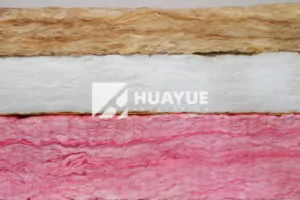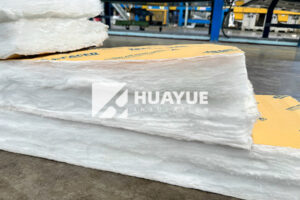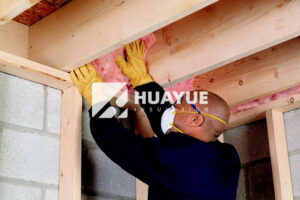What's the Real Difference Between Fiberglass and Glass Wool Insulation?
Confused about whether fiberglass and glass wool insulation are the same? You’re not alone—plenty of homeowners and builders wonder about this question when choosing the right material.
Fiberglass and glass wool refer to the same insulation material—manufactured from sand and recycled glass, spun into fine fibers that trap warm or cool air inside millions of tiny pockets to protect your home.
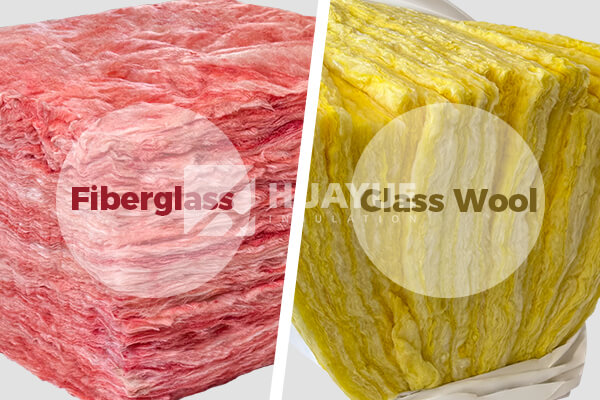
If you’re new to the world of insulation, all these different names can make it sound more complicated than it is. Over twenty years working in thermal insulation, I’ve seen customers hold a fiberglass batt in one hand and glass wool in the other, thinking they are two separate things. Today, let’s break down the differences, the real story behind the names, and what you need to know before installing insulation in your home or project.
Are Fiberglass and Glass Wool Insulation Actually the Same Thing?
Many people think these are totally different products because of the names.
In reality, fiberglass, glass wool, and glass fibre insulation all refer to a material made by melting sand and recycled glass, then spinning it into tiny fibers that create air pockets for great insulation.
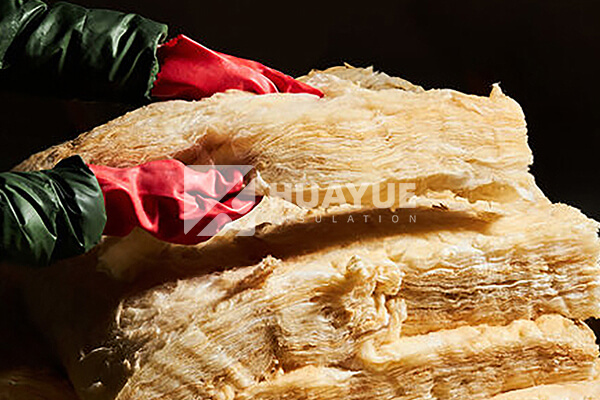
I remember once a client asked for both samples, thinking they needed to compare two options. We had a good laugh when they noticed both looked, felt, and performed exactly the same. The fibers interlock to make mats or batts that can be rolled out like a cozy blanket inside your walls or roof. The real insulator isn’t the fiber itself, but the still air trapped inside. That’s why glass wool acts a bit like sheep’s wool or down feathers—nature and technology using the same trick for warmth.
Here’s a simple table to clear up the naming:
| Term Used | Meaning |
|---|---|
| Fiberglass | U.S. term for glass wool, made from glass fibers |
| Glass Wool | Common outside the U.S., same product as fiberglass |
| Glass Fibre | Sometimes used in Australia, U.K., matches above |
Both are fire safe, pest-resistant, and—if handled correctly—can last the lifetime of your home.
What Advances Have Made Modern Glass Wool and Fiberglass Safer?
People used to worry about itchy skin and breathing problems from handling loose insulation.
Thanks to better production, modern glass wool and fiberglass are far less irritating to skin and lungs, especially in new brands using softer, formaldehyde-free binders.
For most of my career, I saw the complaints: itchy arms, stuffy noses, sneezing. That made some folks hesitant to use glass wool, even though it worked great. The good news is that big improvements came with soft, low-itch batts—some, like HUAYUE’s advanced range, even have plant-based adhesives and give off no strong smell. This reduces skin and lung irritation, making installation less of a hassle.
Let’s compare traditional and modern insulation:
| Attribute | Old Glass Wool/Fiberglass | New Improved Products |
|---|---|---|
| Skin Irritation | High | Low (formaldehyde-free) |
| Odor | Noticeable “chemical” | Neutral or no smell |
| Handling Comfort | Stiff, prickly | Soft, easy to work with |
| Environmental Impact | Mixed, more emissions | Greener, low-emission tech |
If you’re sensitive or have family with allergy concerns, always ask for the latest, safest version.
Why Is Glass Wool Still So Popular—And What Are Its Weaknesses?
With so many insulation types out there, you may wonder why glass wool remains a top choice.
Glass wool is popular because the main ingredient—sand—is abundant, it is naturally non-combustible, keeps out pests, and will not rot. However, it must stay dry, as water destroys its insulating properties and can cause mold.
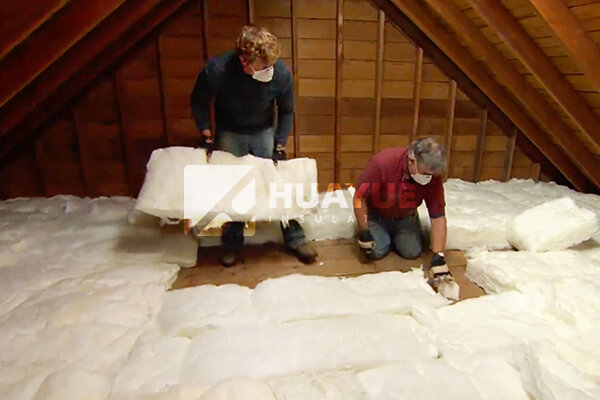
I’ve used glass wool on hundreds of projects, from city apartments to large industrial plants. Its cost is reasonable, it fits odd wall spaces, and with the right installer, can truly last as long as the building itself. But keeping it dry is key. The air pockets that make it such a good insulator collapse if water gets inside, and mold will quickly ruin even a high-quality batt.
If you have a leaky roof or are working in a high-humidity area, you need to take extra care: store the insulation indoors, off the ground, and never use pieces that have been soaked. In those cases, I sometimes recommend a different kind of insulation or a special glass wool with moisture protection.
Here’s a breakdown:
| Strengths | Weaknesses |
|---|---|
| Fireproof | Loses all insulation if wet |
| Pest/rot-resistant | Can mold in damp environments |
| Affordable | Requires dry storage/handling |
| Long lifespan | Irritation if outdated product |
When installed dry and clean, glass wool is tough to beat. Keep it dry, and it will keep you comfortable for decades.
How Is Modern Glass Wool/Fiberglass Made?
Many customers wonder what really goes into their insulation.
Manufacturers melt sand, recycled glass, and minerals at high temperature, spin this into super-fine threads, add a binder, and cure the mat before cutting it into final batts or rolls.
It’s a little like the process of making sugar candy threads—only instead of sugar, huge furnaces work with tons of glass scraps and natural minerals. The hot mix gets spun like cotton candy, forming layers of fine glass threads. At HUAYUE, eco-friendly binders made from plant-based chemistry are often used to keep everything together. Once cured, the insulation is cut, cooled, and wrapped for safe transport and storage.
Here’s the basic process step-by-step:
| Step | What Happens |
|---|---|
| 1. Raw Materials | Sand, recycled glass, soda ash, others |
| 2. Melting | Heated until liquid |
| 3. Spinning | Formed into fibers |
| 4. Binding | Binder added to hold shape |
| 5. Baking & Cutting | Cured, cut to length |
| 6. Packaging | Wrapped and shipped to your project |
The result is a safe, dependable material—when produced with modern care—that helps cut energy costs and keeps buildings comfortable worldwide.
Conclusion
Glass wool and fiberglass insulation are the same thing, offering reliable, fire-safe, and cost-efficient insulation—just be sure to keep it dry and choose the newest, safest versions for best results.
You may also be interested in:
Ready to Get Started?
Get in touch with our experts for personalized solutions tailored to your needs.
Get Free QuoteLatest Articles
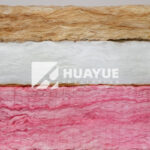
Eco Batt Insulation: What You Need to Know?
Dec 12, 2025
Let's Work Together
Ready to take your business to the next level? Get in touch with our team of experts and let's discuss how we can help you achieve your goals.
Get Free Solutions
